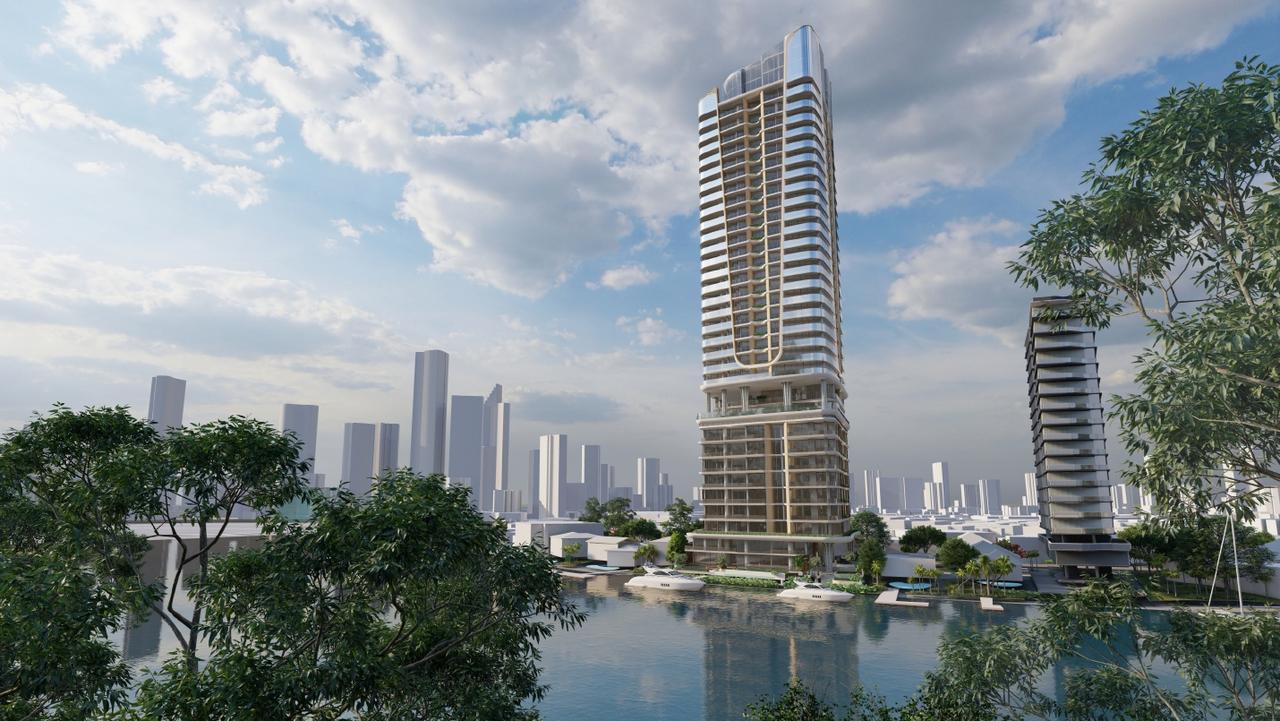Labor’s dithering on rental solutions hurting tenants
One key option crucial to easing Australia’s rental crisis is being held back by a lack of funding and government inaction.

Property
Don't miss out on the headlines from Property. Followed categories will be added to My News.
ANALYSIS
Making up just 0.2 per cent of Australia’s housing market, the much vaunted build-to-rent (BTR) sector is too embryonic to be the immediate solution to Australia’s current housing crisis.
BTR is a new way of offering accommodation, with homes that are purpose-built by institutional investors wanting to profit from providing residents with better rental choices and longevity of tenure. BTR will certainly add to dwelling supply, but at nowhere near the rate to make a big difference amid the current lack of housing supply.
The backdrop is that Sydney’s post-Covid low vacancy rate amid the current spurt in migration sits at a tight 1.7 per cent, resulting in upward pressure on rents.

MORE: What to do with your home loan now rates are on hold
Given the current supply-demand imbalance, it is expected that landlords will see catch-up elevated continued growth over the next few years.
Making a socially positive impact, BTR represents 5.4 per cent of the UK housing market and 12 per cent in the US, with its 500,000 companies in the sector, so the potential for BTR becoming an increasingly important sub-sector within the Australian residential market is obvious.
The first completed BTR apartments in Sydney totalling 250 came in the 2017 financial year, property advisory firm Charter Keck Cramer recently noted.
There was nothing in 2018 and then another 320 apartments in 2019. Some 850 BTR apartments came in the 2020 to 2022 period.
MORE: Key fact Albo’s missing in housing crisis
There was no new supply in Sydney in the 2023 financial year.
Over the next 24 months, eight BTR projects are due to be delivered, comprising around 1550 units. So far for 2026, around 350 BTR units are scheduled for completion with 50 units located in inner Sydney and 300 in outer Sydney.
CKC’s analysis observes that finance for the construction of several BTR projects “continues to be difficult to secure on acceptable lending terms”.
“So some projects may therefore be delayed or deferred in the short-term,” Richard Temlett, CKC’s research executive director, says.
CKC also advised a review of taxes and charges applying to BTR projects was needed to enhance the facilitation of new dwelling supply and assist the housing market to recalibrate faster.
Clayton Utz tax partner Brendon Lamers recently noted significant BTR tax concessions were announced in the federal budget in May, with proposed effect from July next year, but there had as yet not been any draft legislation. The fate of 19 Sydney projects at either the application or early planning stages, which total some 6300 apartments, could await the legislative outcome.
Meanwhile demand for BTR rental accommodation is being driven by the structural change in living preferences, with a growing proportion of the population renting and renting for longer.
“These tailwinds provide strong support for the emergence of BTR in Sydney over the next decade,” the CKC report concluded.
More Coverage
Originally published as Labor’s dithering on rental solutions hurting tenants





